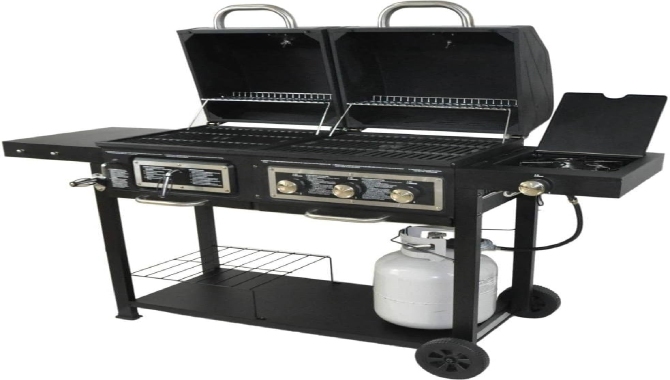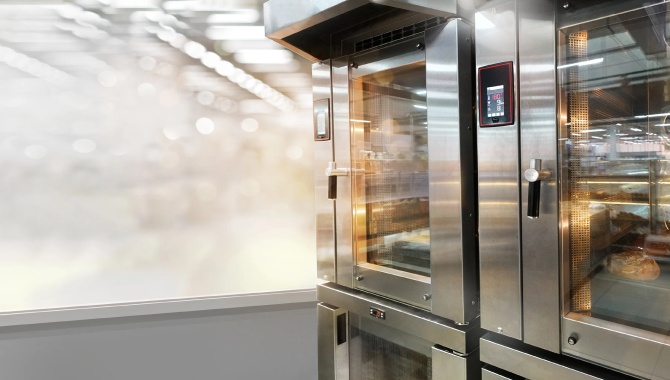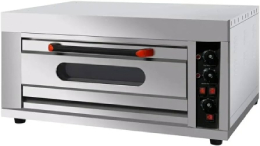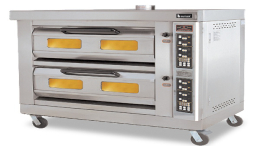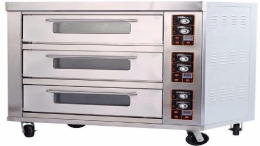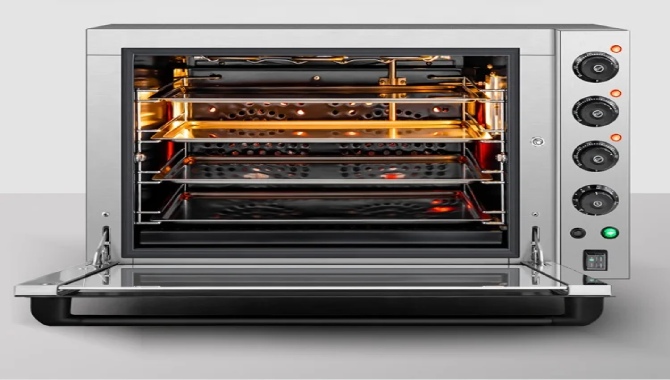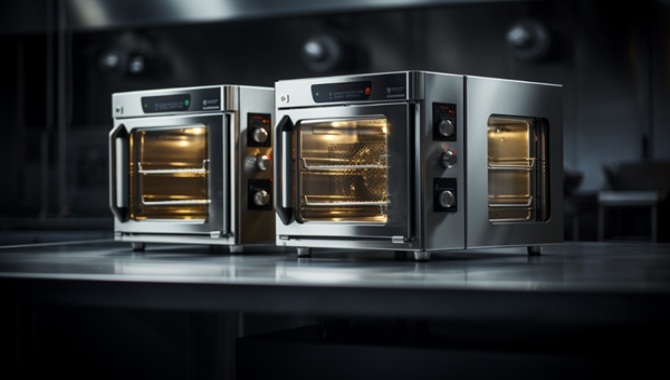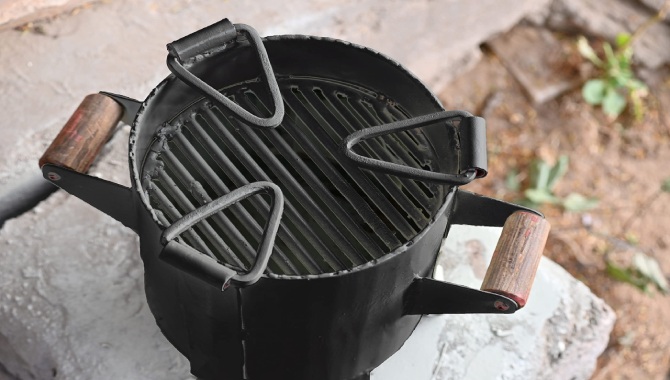Exploring the Pros and Cons of Gas and Charcoal Operated Grills
A staple of outdoor cooking, grilling brings people together with the tantalizing smell of sizzling food. When it comes to selecting a grill, gas-powered and charcoal-powered models are the two most common possibilities. Each variety accommodates various tastes and cooking methods and comes with a unique mix of benefits and drawbacks.
Grills that run on gas are efficient and convenient. You can quickly have a steady flame ready for cooking with simply a click of a button. These grills are renowned for their accurate temperature control, which makes it simple for users to adjust the heat to the ideal degree for different types of
food. When it comes to ashes and smoke production, gas grills are also thought to be cleaner than their charcoal counterparts. Furthermore, they frequently have extra features like warming racks, rotisseries, and side burners, which improve cooking in general.
#.All LPG Fittings are as IOC( indian oil corporation ) standards
Conversely, grills that run on charcoal are highly regarded for the genuine smoky taste they give to food. A distinct flavor is produced by using lump charcoal or charcoal briquettes, which many grill fans swear by. Charcoal grills are a popular option for outdoor gatherings and camping excursions since they are frequently more portable and less expensive than gas barbecues. Moreover, because cooking with charcoal demands skill with indirect heat techniques and fire control, some contend that it's a more compelling and primal cooking experience.
Charcoal barbecues can present some unique difficulties, though. In general, they take longer than gas grills to heat up, and controlling the temperature precisely might be more difficult. It can take some time to fire the charcoal and wait for it to get to the perfect cooking temperature. In addition, the residue of ash left over after burning charcoal might make cleanup more difficult.
In summary, personal preferences and priorities ultimately determine which type of barbecue to use: gas or charcoal. While charcoal grills offer a more classic grilling experience and a distinctive smoky flavor, gas grills are more convenient, quick to start, and easy to regulate temperature. Both kinds of grills have their own unique qualities, so grilling outside may be a flexible and pleasurable hobby for everybody, regardless of whether you value authenticity or efficiency.
